A Different Look At The Yamaha Champions Riding School

A fly on the wall for one of America's premier riding schools.
Being the resident sportbike guy at MO didn’t just happen overnight. I’ve been fortunate enough to have some good mentors in my early days of riding that prevented me from riding myself straight off a cliff. Then, through the perks that come with a job like this, I’ve been extremely lucky to receive the coaching of some of the best riders – and teachers – this sport has to offer.
A prime example is the Yamaha Champions Riding School. It’s been a decade or so since I last attended the school, but the lessons learned there have stuck with me all these years later. They helped me break through some plateaus and barriers I’d previously had, and after experiencing the enlightenment that comes when you learn something new, we signed up our resident dirt guy Ryan to attend. At the end of it all, Adams came back and damn near stole my “sportbike guy” title, too!
His improvement was immediate and remarkable, but it also wasn’t an isolated incident. So many people have come through the doors at YCRS, and many students come back multiple times even though the school is designed so you don’t have to. Nonetheless, even repeat students are able to learn new things they missed the first time.
Why is that? What is the secret sauce that entices new students to take the Champ School and convinces alumni to come back? Lead instructor Nick Ienatsch invited me back to the school to see for myself. This time, though, things would be different. I’d be a guest, not a student, so I could see for myself how the philosophy, methods, drills, and even the subtle nuance of vocabulary all contribute to students finding that missing link to better their riding. I’d offer to help coach where appropriate, but really, I wanted to be a fly on the wall to watch this well-oiled machine do its thing.
Laying Down The Ground Rules
It’s understandable that students of a riding school immediately want to put on their gear and start riding, but it’s important to check your ego at the door. YCRS starts with some classroom instruction, held outside to allow students to remain socially distant, but also because that’s where all the bikes are.
Nick, co-lead Chris Peris, and the rest of the YCRS team start things off with a talk about grip. When you think about it, riding a motorcycle of any kind is all about managing the amount of grip you have. Naturally, this starts (and ends) with a discussion about tires and the school’s now well known “100 Points of Grip” talk. If you haven’t heard it, check it out below.
The video is worth watching in its entirety because it lays the absolute basic foundation the rest of the school is built upon. Understanding how to load either tire properly and effectively becomes the basis the rest of the school – and your riding career – relies on. Nick and team spend a lot of time talking about the 100 Points first thing in the morning because it needs to be committed to everyone’s memory.
By 9am on the first day, I’d already seen a few eyes widen. Understanding how to properly load a tire, and the things everyday riders do to upset that balance, already is an enlightening experience for many. Others, though, need to see these lessons put to use. This is where we see the first on-track demonstration.
In it, students gather around a turn with two cones placed at the apex. The idea is to be parallel with these cones by the time they reach them. Students watch Peris enter the turn at ridiculous speed, then use the brakes to not only slow the motorcycle, but place it parallel with the cones, only inches away. How? By taking advantage of the first 5% of braking power to load the suspension and tire before laying into the full braking power available.
After a few ideal passes, Nick and crew introduce different scenarios for Peris to navigate. They make Peris go every-which-way through the corner – but he always makes it through the corner. Finally, Nick will stand in the middle of the corner, forcing Peris to come to a complete stop. Through it all it’s clear to see Peris is completely in control and the motorcycle never shows signs of trouble. This simulates real-life scenarios you might experience on the street, and how mastery of the brakes is a major component in dictating not only your speed, but your direction.
Helmets On
By now, students are starting to put together the relation between brakes and direction. It becomes the fundamental theme of the rest of the school. So, now it’s time to practice what’s been preached.
As the students follow behind their instructors for the first of many lead-follow sessions, these early laps are chances for students to begin to familiarize themselves with what they’re doing compared to what they’ve just learned and witnessed. Continually oscillating between on-track riding and in-class learning allows students to practice what they learn immediately, with instructors on hand to answer questions and provide feedback in real-time.
What kind of lessons? Other than hammering the 100 points of grip and proper use of the brakes, the two other major tenets of instruction include five reasons riders crash and body position. And both of those relate back to the first two points. See? This isn’t black magic.
As any educator will tell you, people learn in different ways. The same is true in motorcycling. You’ve likely heard similar riding techniques explained to you before, but never quite understood what was being taught. This is a recurring theme at YCRS. As teachers, the diverse staff at YCRS are good at what they do because, as a collective, they’re able to teach the same concepts using different words. Even when it comes to something as seemingly innocuous as how to place your hands on the grips.
When students understand that they are not stationary objects piloting a machine like in a car, the importance of where their limbs are placed starts to come through. More than one student I witnessed nodded their head in a moment of clarity when they were coached to place a “screwdriver grip” on the bars while cornering. For these students, holding the grip like a screwdriver, and not like a bench press, while turning freed up their upper bodies to lean into corners with squared shoulders. Little, subtle technique adjustments like this are what make the school attractive even for experienced riders. For newer riders, learning the right things before bad habits form is reason enough.
You Can Run, But You Can’t Hide… From Video
Guided instruction is great, but having a video of yourself riding has proven to be the best teaching method, as students can see exactly what they’re doing minutes after they’ve just done it. Plus it gives them concrete things to work on. At YCRS each student gets filmed and the footage is reviewed in front of the whole class so everyone can see not only the things needing work but also all the things someone’s doing right.
This is when students really start to “get it.” It’s common for us to think we’re doing one thing, but having video proof shows whether students are actually practicing the techniques. What ends up happening during these sessions is the rider will actually be trying what they’ve been coached. Nick and his team will then critique even further and suggest subtle changes each student can try to do it better. It’s this constant back-and-forth refinement that keeps students coming back.
At the end of the first day students are mentally drained. A lot of things come flying at you and it’s a lot to process. A good night’s rest and a chance to reflect, study, and absorb often leads to the second day bringing vast improvements.
You can see this on video. Compared to day one, day two sees more riding time, and by the time students are filmed it’s visually clear the problem areas on the first day are better by the second. There’s still classroom instruction, but some of the improvement at this point can be attributed to the staff nailing down the finer points of going faster, safer. Students are feeling more confident as they ride, but now more than ever there’s a focus drilled into each student each time they go out: Have. A. Plan.
At a school, riding for the sake of riding is pointless. Having a point of focus each time you go out is how you learn. As the instructors point out, it doesn’t necessarily need to be a particular technique, either. Though it helps. It can even be as simple as remembering to breathe. You might laugh reading that, but often students on a racetrack will be so consumed in riding they hold their breath. The result is your whole body clenching, which is a one-way ticket to getting arm pump. Riding with purpose yields results, and for some, simply remembering to breathe was the eye-opening experience they needed to hear.
Champion’s Habits
By the end of the school not a single student I encountered left without feeling more empowered. Knowledge is power, as they say, and nobody leaves YCRS without a healthy dose of knowledge on how to better manage a motorcycle. While sometimes students couldn’t verbalize what difference they felt or noticed, the demeanors of many of the students by the end of the school had changed noticeably compared to when they arrived.
My intent was to be a fly on the wall to watch how the other students learn and to witness that moment when a lesson or technique hits home. Little did I realize that I would be the one learning from the students just as much – or likely more, let’s be honest – as they were learning from me. Watching how others learn is helpful, but seeing (and hearing) how professional coaches communicate with their students was something I wasn’t prepared to be so enlightening. In a way, you could call it my a-ha moment, and this bond is why I think students keep coming back for more.
Become a Motorcycle.com insider. Get the latest motorcycle news first by subscribing to our newsletter here.

Troy's been riding motorcycles and writing about them since 2006, getting his start at Rider Magazine. From there, he moved to Sport Rider Magazine before finally landing at Motorcycle.com in 2011. A lifelong gearhead who didn't fully immerse himself in motorcycles until his teenage years, Troy's interests have always been in technology, performance, and going fast. Naturally, racing was the perfect avenue to combine all three. Troy has been racing nearly as long as he's been riding and has competed at the AMA national level. He's also won multiple club races throughout the country, culminating in a Utah Sport Bike Association championship in 2011. He has been invited as a guest instructor for the Yamaha Champions Riding School, and when he's not out riding, he's either wrenching on bikes or watching MotoGP.
More by Troy Siahaan





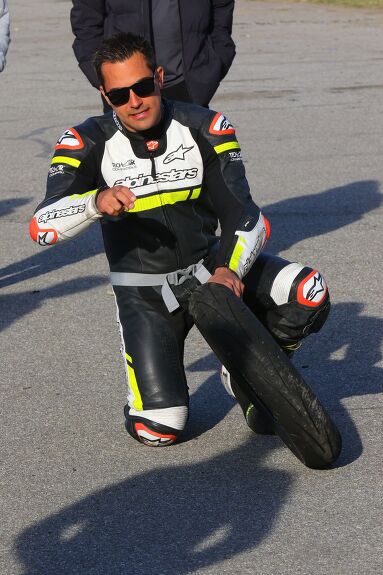






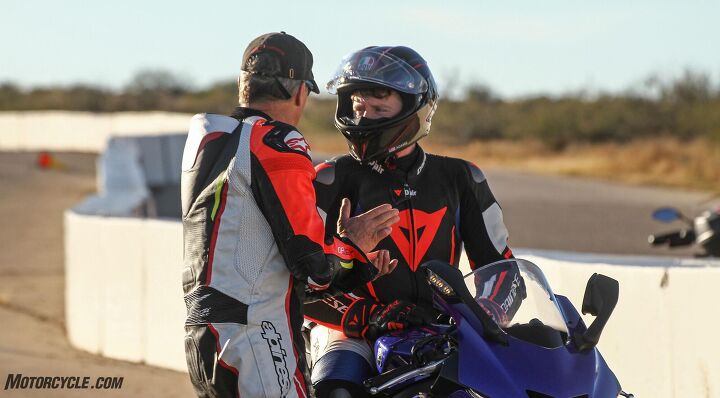

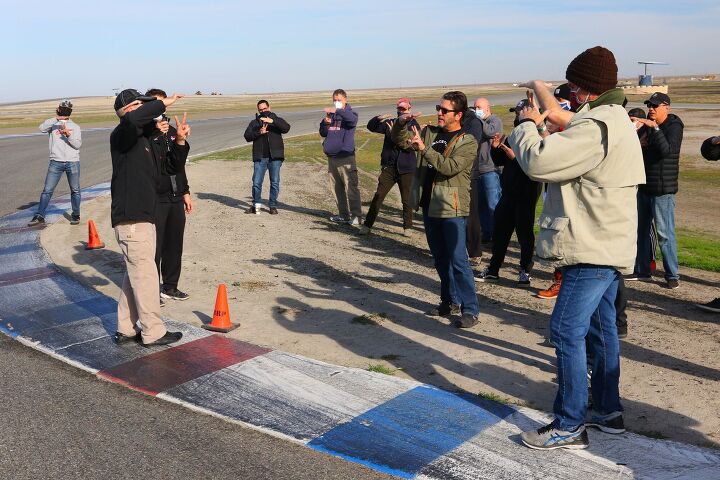













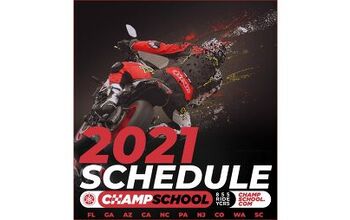
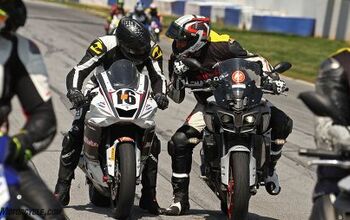

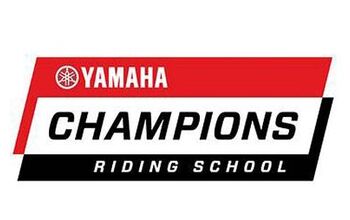
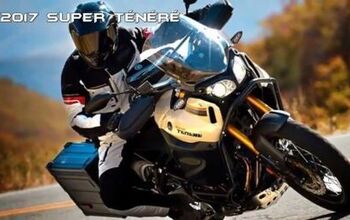











Comments
Join the conversation
A buddy tossed one of their R6's a decade or so back, that was a spendy weekend.
Nick is still hauling the mail on the FZ1. I love it ;)